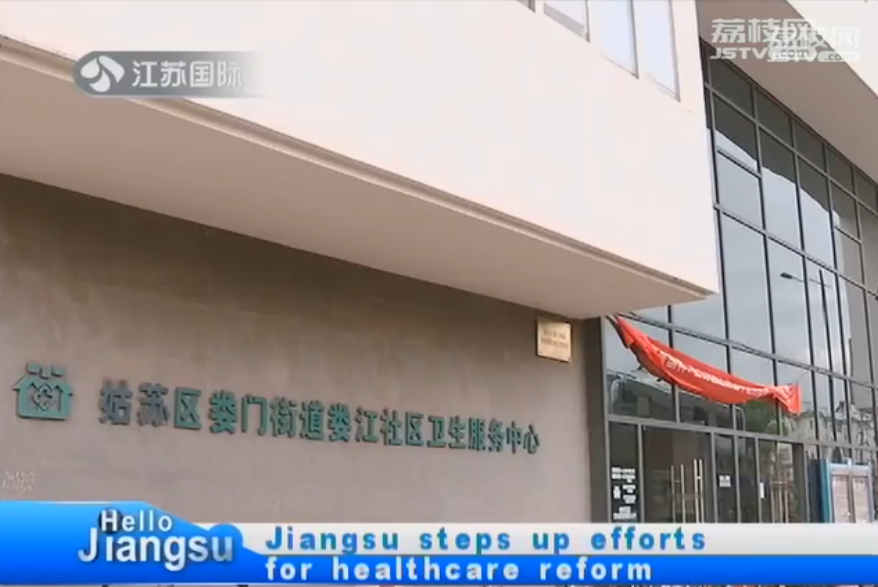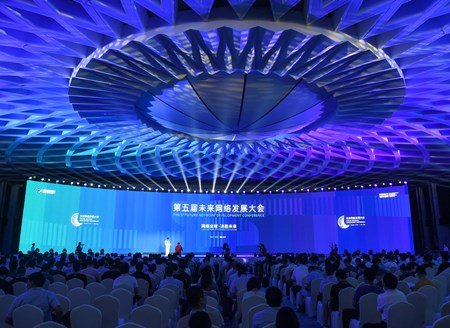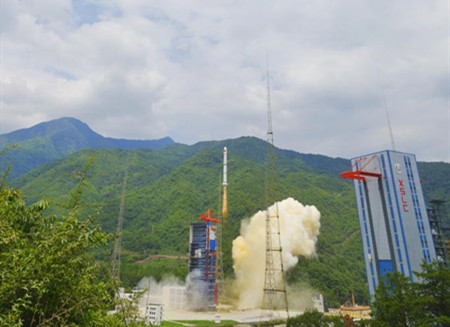East China’s Jiangsu province has stepped up its efforts for the promotion of healthcare reform by encouraging patients to use more grassroots-level hospitals and clinics, which will be improved to provide more accessible and affordable services. Comprehensive hospitals in big cities will be asked to provide more support to small, local hospitals in terms of personnel, expertise and equipment.
At a community healthcare service center, general practitioners were requesting the doctors at the remote consultation center of the municipal hospital to send over the CT fluoroscopy.
Residents in Suzhou are now able to visit community hospitals for CT fluoroscopy which will be relayed to the remote consultation center at the municipal hospital for diagnosis. The diagnostic report will be given to the patients in about half an hour’s time.
Over the past five years, Suzhou has set up regional platform for medical imaging, examination and ECG remote diagnosis by relying on the remote consultation center of the municipal hospital and the first hospital affiliated with Soochow University. More than 30 community hospitals at the grassroots level have gained access to the support of personnel, expertise and equipment from comprehensive hospitals.
In the meantime, Jiangsu has strived to improve the services at the grassroots hospitals by exploring innovative means.
Xu Meiqin, a sufferer of chronic diabetes mellitus, has volunteered to sign up for a regular visit by the team of family physicians. In this way, community doctors, health advisors and doctors from comprehensive hospitals will visit her at routine intervals and offer her recommendations on customized and personalized treatment.
Jiangsu now registers more than 24,000 general practitioners, well ahead of the national target of 3 general practitioners for every million resident population.
Nearly two thirds of the counties or urban districts in Jiangsu have relied on the support of personnel, expertise and equipment from comprehensive hospitals to launch regional examination, imaging and remote consultation centers.
The resourceful support from comprehensive hospitals has helped to improve the medical service abilities at the grassroots level. Nearly 60% of the patients have turned to community hospitals and clinics for medical services, up 10 percentage points from five years ago.
Faced with the challenge of insufficient resources and poor quality of service in the sector, the reform of the healthcare sector is both a social and strategic priority for China. Despite the introduction of the initial healthcare reform plan a decade ago, the healthcare sector continues to be burdened by resource shortages and underdevelopment in rural areas.






